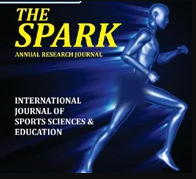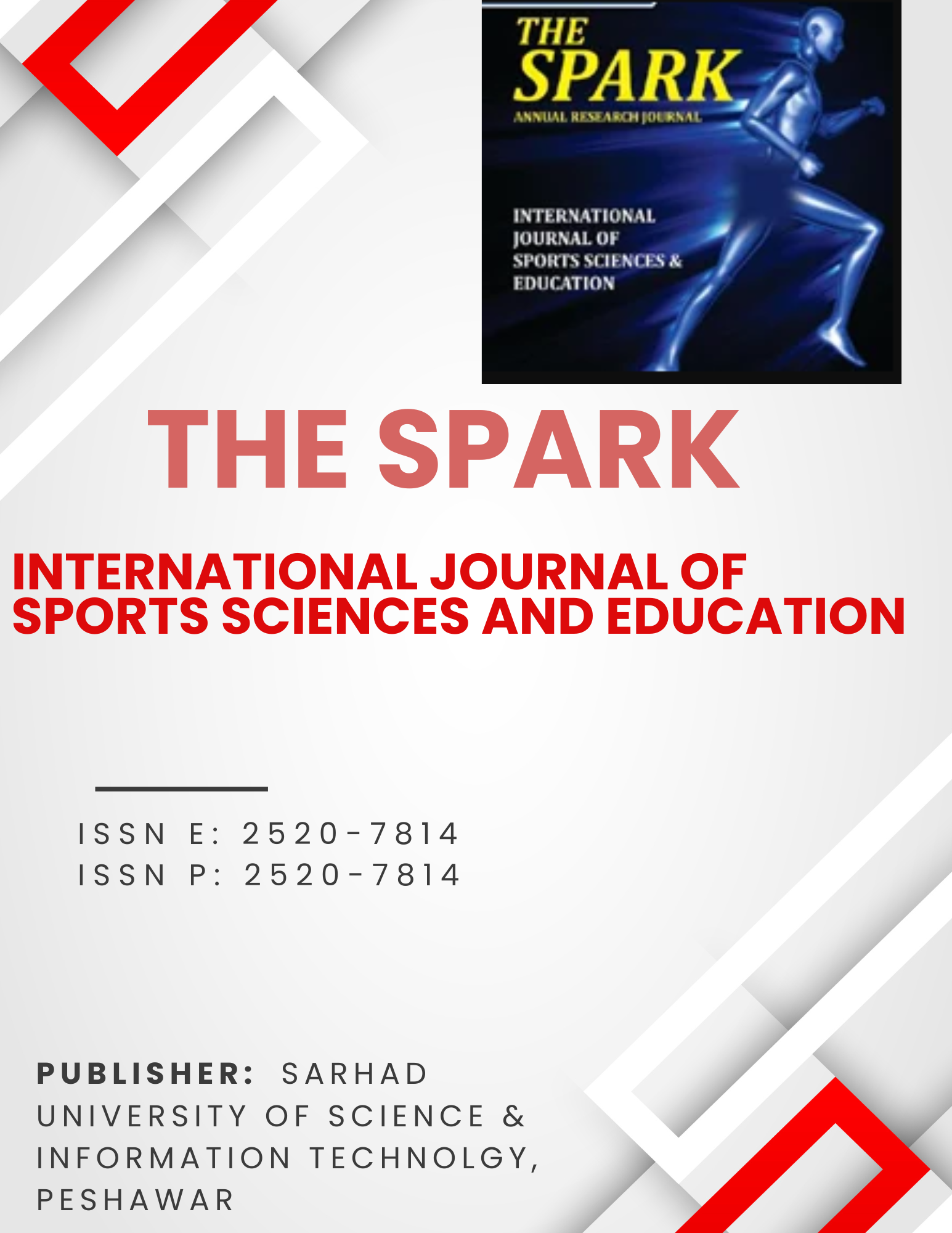EXPLICIT RECOMMENDATIONS FOR HOME-BASED PHYSICAL TRAINING DURING CORONA-VIRUS PANDEMIC (COVID-19) FOR BEGINNER AND PROFESSIONAL PLAYERS
Keywords:
Coronavirus, Human, Physical Activity, Quarantine, Bodily exercise.Abstract
Purpose: The novel Coronavirus disorder 2019 (COVID-19) globally affecting human behavior, especially affecting human bodily culture, forcing many people around the sphere to quarantine themselves for some time. As for the sake of protection after the out-break of Covid-19, many countries and regions take precautionary measures as they close all the schools and universities and banned all the social activities like travelling, cultural and sports events and prohibited all social gatherings. A lot of training sessions were affected due to the coronavirus pandemic (covid-19). Athletes training, cardio workout drill on a treadmill, bodyweight exercises, dance and energetic virtual reality, can resource to prevent the bodily damage and intellectual cataclysmic outcome of the pandemic and are the pragmatic hints for staying energetic while quarantining or self-isolation. This commentary offers beneficial facts on domestic-primarily based totally on bodily exercises for sedentary humans throughout the continuance, along with kids and adolescents, which could be undertaken for the duration of the prevailing pandemic or different outbreaks of infectious disorder. Conclusion: In this study, the researcher recommended a home-based physical activity plan for beginner and professional players.
References
Barnett, A., Cerin, E., &Baranowski, T. (2011). Active video games for youth: A systematic review. 4 A. HAMMAMI ET AL. Journal of Physical Activity and Health, 8(5), 724– 737.
Graf, D. L., Pratt, L. V., Hester, C. N., & Short, K. R. (2009). Playing active video games increases energy expenditure in children. Paediatrics, 124(2), 534– 540.
Hammami, A., Harrabi, B., Mohr, M., &Krustrup, P. (2020). Physical activity and coronavirus disease 2019 (COVID-19): specific recommendations for home-based physical training. Managing Sport and Leisure, 1-6.
Harrison, J. S. (2010). Bodyweight training: A return to basics. Strength and Conditioning Journal, 32(2), 52–55.
Jönhagen, S., Ackermann, P., &Saartok, T. (2009). Forward lunge: A training study of eccentric exercises of the lower limbs. Journal of Strength and Conditioning Research, 23(3), 972–978.
Parnell, D., Widdop, P., Bond, A., & Wilson, R. (2020). COVID-19, networks and sport. Managing Sport and Leisure, 1-7.
Pedersen, B. K., &Saltin, B. (2015). Exercise as medicine – evidence for prescribing exercise as therapy in 26 different chronic diseases. Scandinavian Journal of Medicine & Science in Sports, 25(S3), 1–72.
Powell, K. E., Paluch, A. E., & Blair, S. N. (2011). Physical activity for health: What kind? How much? How intense? On top of what? Annual Review of Public Health, 32(1), 349–365.
World Health Organization. (2010). Global recommendations on physical activity for health.
Zhu, N., Zhang, D., Wang, W., Li, X., Yang, B., Song, J., Zhao, X., Huang, B., Shi, W., Lu, R., Niu, P., Zhan, F., Ma, X., Wang, D., Xu, W., Wu, G., Gao, G. F., & Tan, W. (2020). A novel coronavirus from patients with Pneumonia in China, 2019. New England Journal of Medicine, 382(8), 727–733.
Downloads
Published
How to Cite
Issue
Section
License
Submission of an original manuscript to the Journal will be taken to mean that it represents original work not previously published, that it is not being considered elsewhere for publication. And if accepted for publication, it will be published in print and online and it will not be published elsewhere.
The journal main policy reflects in its stance that the publication of scholarly research is exclusively meant to disseminate knowledge and not-for-purposes.








 Name of Journal:
Name of Journal: 